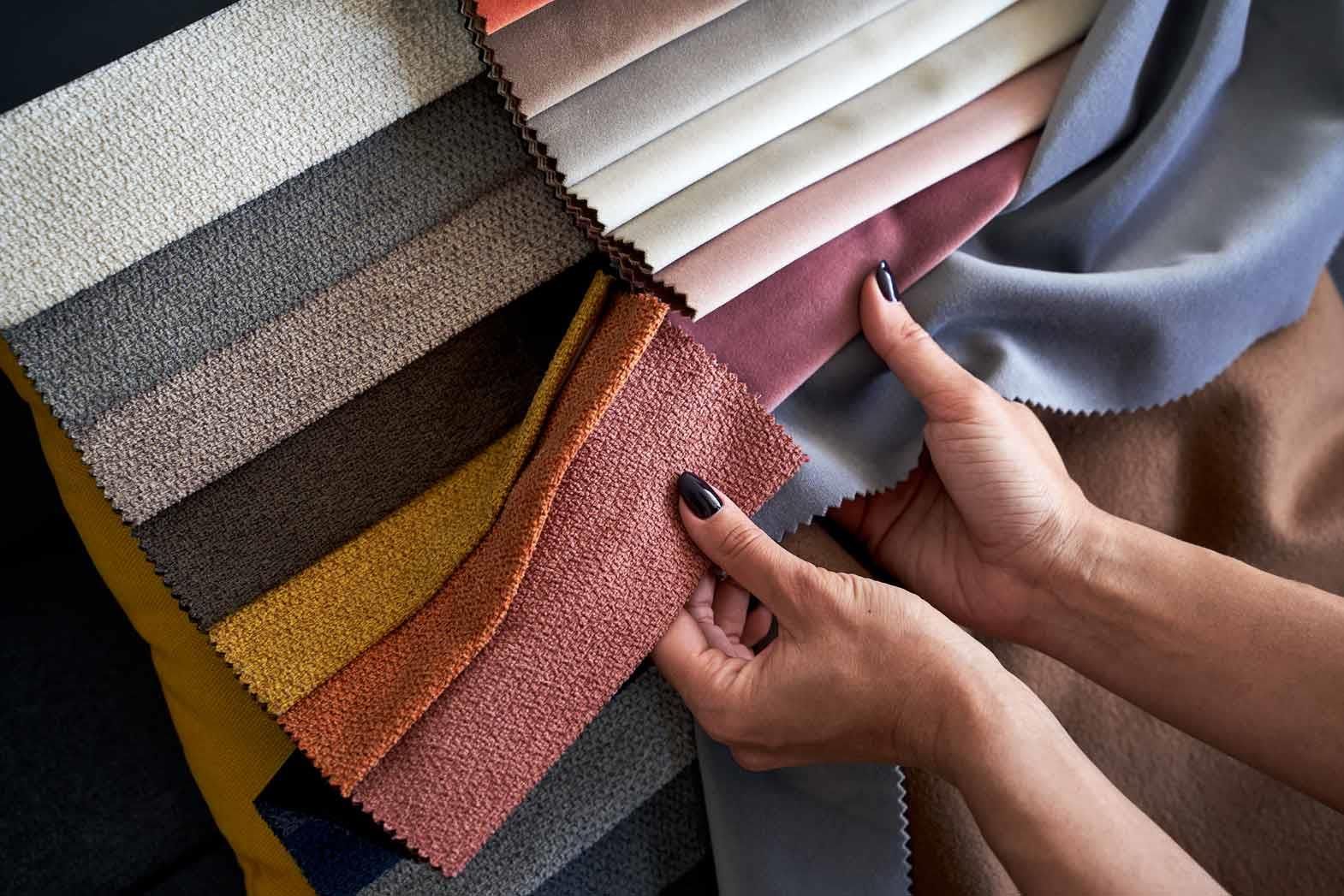Currently, there are various ways to incorporate color-changing systems into textiles. The use of LEDs and electrochromic polymers is more common. Other recent developments include the use of thermochromic, photochromic, solvatechromic, and piezochromic materials, which are encapsulated to create a color-modifying effect. Innovative applications of color-changing technology can be seen in fashion, textile care products, and security products.
Thermochromatic dyes are used to alter color in response to temperature. There are two main types of thermochromic systems used to achieve color-changing effects. One process involves the formation of three materials: a color former, also known as leuco dye, an acid, and a solvent with a low melting point. After a series of physical transformations, the chemical reactions convert the colored fabric into a colorless state with a gradual increase in temperature.
The other system is based on liquid crystals, commonly known as the fourth state of matter. When a temperature variation occurs, the molecules in the liquid state align in an ordered manner. The interaction of the crystals with light results in a colorful spectrum that continuously changes shades. These technologies are used in textiles to detect temperature in fabrics, such as in making baby head thermometers, baby milk bottle packs, and pot handles.
Photochromic materials are composed of urea or melamine-formaldehyde. These organic molecules change their configuration when exposed to light or radiation, resulting in a change of color. Photochromic inks use micro-encapsulation technology and are commonly used in fashion apparel and clothing. These fabrics have a shelf life of up to 20 wash cycles.
Solvate chromic system uses materials that alternate color when they come in contact with liquid or water. It is used in swimwear, umbrellas, and in baby diapers that change color when wet. Besides this the potential application is in fashion, where fantasy designs and textures can be created by playing with the color technology.
Electrodes when woven with conductive yarn, thermo chromic ink, and expressive software, all combined together, create dynamic color changing textiles. The warp comprises of highly conductive yarn woven with textile electrodes, while the weft constitutes of resistive yarns. Electronics, heat the resistive yarn, which changes the color of the thermo chromic ink, and results in a colorful play of patterns and sequences.
A path breaking technology uses electro chromic polymers, a fragile and small yet a flexible material, which changes color when an electric charge is applied to it. These fibres are woven into fabrics and the color changes with due change in temperature, light, movement, and even mood of an individual.
A group of researchers by mimicking the color tuning property of a hogberry plant have created fibres that display a change of color when stretched. The fibres are photonic in nature and are made by wrapping multiple layers of polymer around a glass core, which is etched out later. According to the thickness of the layer, the apparent color of the fibre can be determined, which ranges across the visible spectrum of light.
Dyes and printing inks are developed that appear plain and dull indoors, but when one steps out, and the fabric worn, comes in contact with ultra violet light, displays colors on the garment. An exciting line of garments have been created using these solar stimulated dyes for adults and children.
All these systems to develop color changing technology represent the future of textiles. The applications of these processes are not limited to providing aesthetics to a fabric but also are exploring the possibilities of making them functional. Maintaining, washing and increasing the life of these fabrics are a few things that require constant research and trials to make color changing textiles useful and a feasible option.
Efforts are being made to improve the performance of such textiles, by effective choice of microcapsules and dyes that can withstand the test of bleaching and dry cleaning, and increase the longevity of such finishes.
References:
1. Tipo.org.tw
2. Talk2myshirt.com
3. Indiantextilejournal.com
4. Seas.harvard.edu








Comments